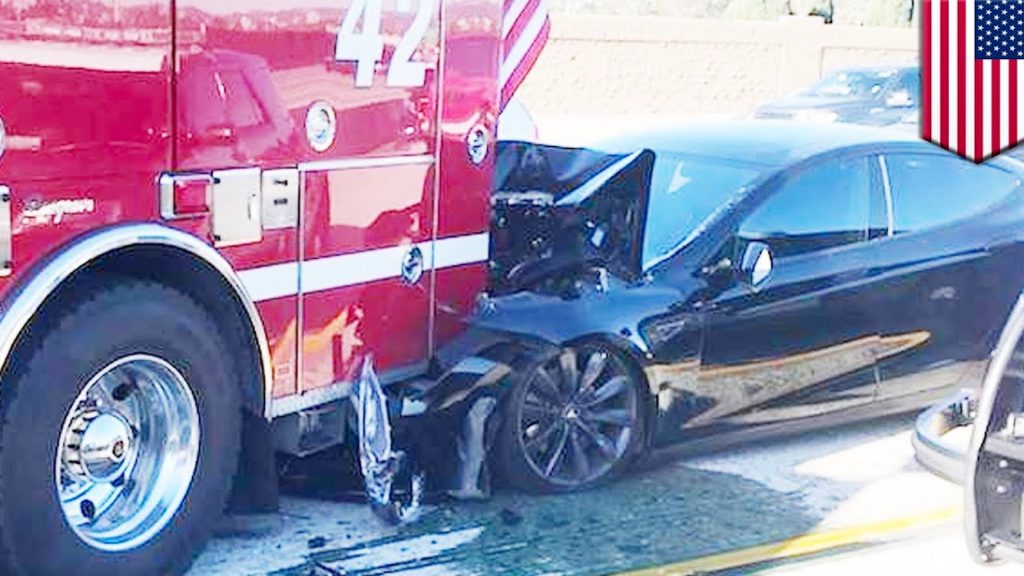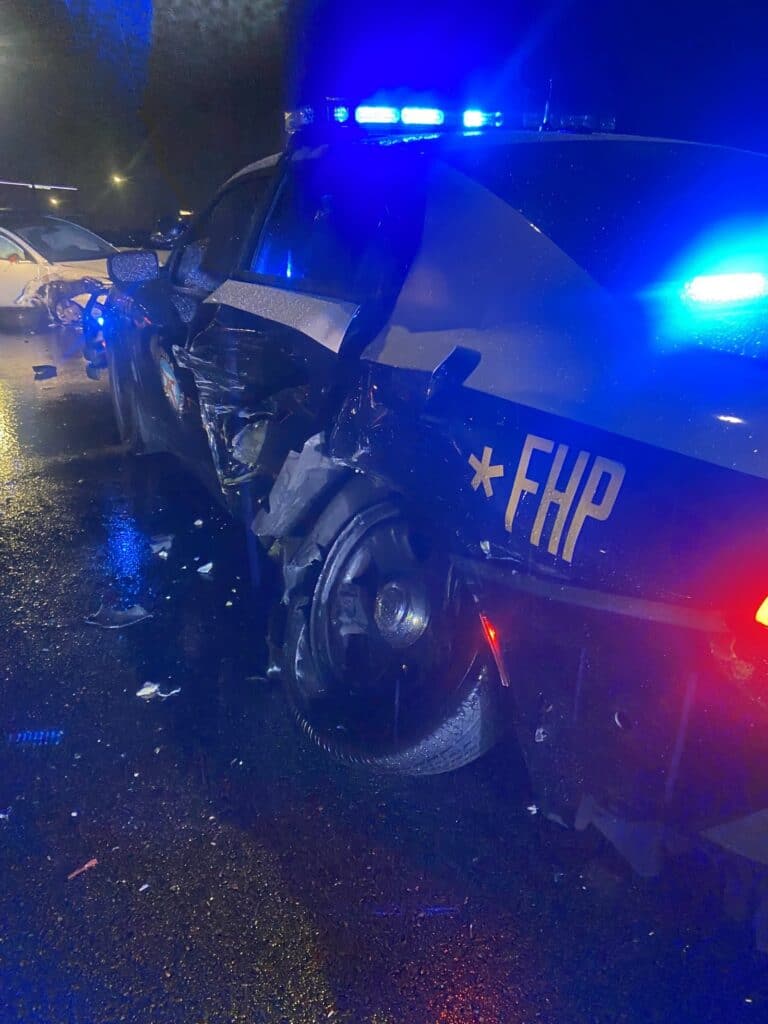Federal safety regulators expanded the number of Tesla vehicles equipped with Autopilot being investigated for crashes into parked emergency vehicles to about 830,000 from the 2014-2022 model year.

The Autopilot semi-autonomous system — which relies on a mix of sensor devices, microprocessors and software — was first introduced in mid-2014. The technology is designed to help keep vehicles like the Tesla Models S, X, 3 and Y in their lane, keep the vehicle safely spaced in traffic and avoid collisions.
However, last year a disturbing trend began to show, where Teslas with Autopilot engaged began crashing into emergency vehicles — ambulances, fire and rescue vehicles, and police cars — while they were parked on the side of the road and the officers involved in active situations.
At the time the National Highway Traffic Safety Administration began looking into the problem, there were 12 crashes with 17 injuries and one fatality. Now there have been 16 collisions, according to Automotive News. The number of vehicles in the investigation has risen from about 750,000 to the previously mentioned 830,000.
Getting an upgrade isn’t good

Documents from the safety agency released early Thursday reveal its shifted investigation to an engineering analysis. The agency said it plans to examine the existing crash analysis to see if Tesla’s technology “may exacerbate human factors or behavioral safety risks by undermining the effectiveness of the driver’s supervision.”
Other experts point to the limitations of the system as it’s currently configured.
Radar and even camera sensors can have problems recognizing stationary obstacles, several experts told TheDetroitBureau.com. Such situations are even more complex when cones or emergency vehicles are involved, Duke University engineering professor Mary Cummings told the Wall Street Journal last year.
The problem is that each emergency situation presents a different visual target that systems like Autopilot may not have been trained to recognize. “This is why emergency situations are so problematic,” Cummings said. “The visual presentation is never the same.”
Already expanded once
Last August, the query into a dozen crashes into emergency vehicles by Tesla vehicles using its semi-autonomous Autopilot technology took an interesting twist when federal investigators asked other auto companies with semi-autonomous tech to submit specific information.
As part of its probe, investigators sent letters to General Motors, Ford, Toyota, Volkswagen and eight others, according to Reuters, asking questions designed to help with a comparative analysis.
The agency is looking for specific information or data from companies with “production vehicles equipped with the ability to control both steering and braking/accelerating simultaneously under some circumstances.”
